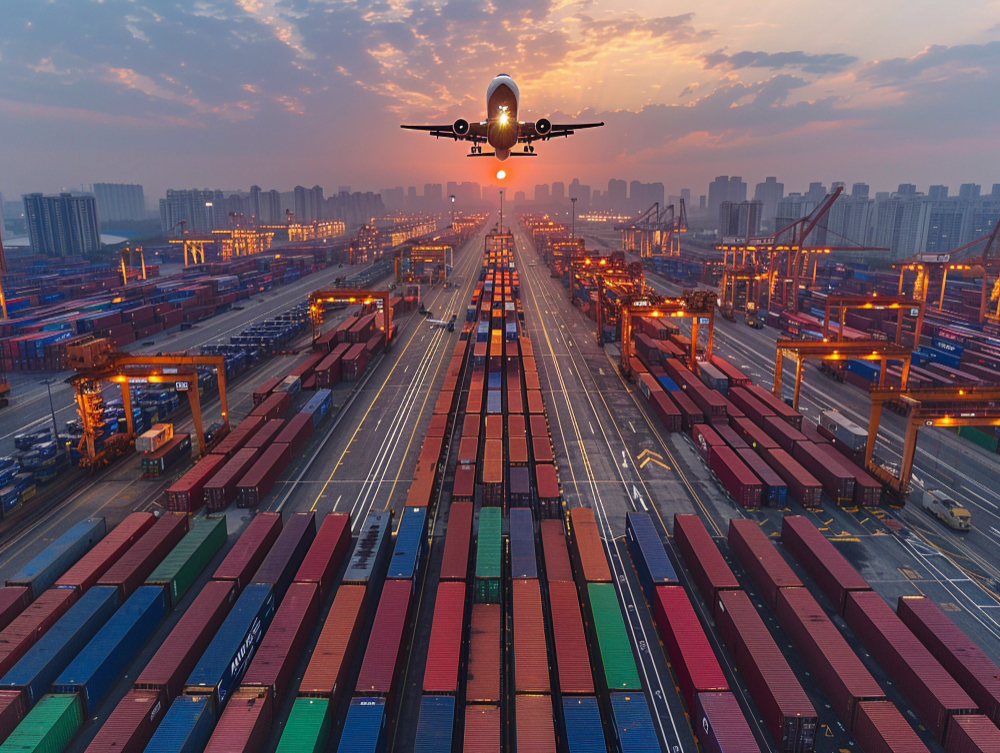Just-in-time (JIT) delivery: Ensures that parts and components arrive at the assembly plant exactly when they are needed, minimizing inventory costs and maximizing production efficiency.
Reverse logistics: Handles the return and recycling of end-of-life vehicles and components, ensuring compliance with environmental regulations and reducing waste.
Global supply chain management: Coordinates the movement of vehicles and parts across international borders, taking into account customs regulations, trade agreements, and other factors.
Hazardous materials handling: Ensures the safe transportation and storage of hazardous chemicals, complying with strict regulations and minimizing the risk of accidents.
Temperature-controlled transportation: Maintains the temperature of sensitive chemicals during transport, preserving their quality and preventing spoilage.
Bulk logistics: Handles the transportation of large quantities of chemicals in bulk, optimizing costs and reducing environmental impact.
Time-sensitive delivery: Ensures that electronics components and products reach their destination on time, meeting tight production schedules and minimizing disruption to the supply chain.
Customs clearance: Helps companies navigate complex customs procedures, ensuring the timely and compliant import and export of electronics.
Warehousing and distribution: Provides storage and distribution services, ensuring that electronics products are delivered to the right place at the right time.
Fast and efficient delivery: Ensures that products reach retailers and consumers quickly, minimizing stockouts and maximizing sales.
Reverse logistics: Handles the return and recycling of products, ensuring customer satisfaction and reducing waste.
Demand forecasting: Predicts future demand for products, allowing retailers to optimize inventory levels and avoid stockouts.
Remote logistics: Provides transportation and support services to remote oil and gas fields, ensuring the timely delivery of equipment and supplies.
Hazardous materials handling: Ensures the safe transportation and storage of oil and gas products, complying with strict regulations and minimizing the risk of accidents.
Supply chain management: Coordinates the movement of oil and gas products from production sites to refineries and distribution centers, optimizing costs and reducing environmental impact.
Cold chain logistics: Maintains the temperature of pharmaceutical products during transport, preserving their efficacy and preventing spoilage.
Reverse logistics: Handles the return and disposal of expired or recalled medications, ensuring patient safety and compliance with regulations.
Supply chain visibility: Provides real-time tracking of pharmaceutical products, allowing companies to monitor inventory levels and ensure timely delivery.

